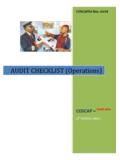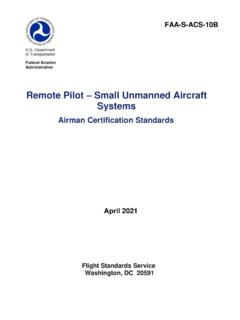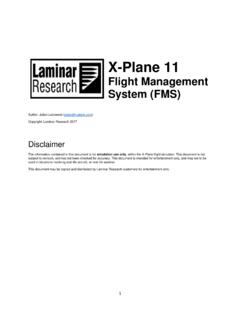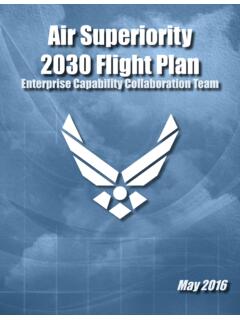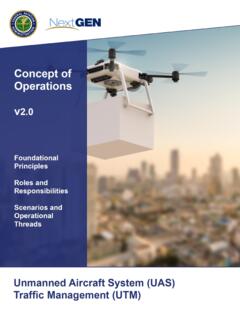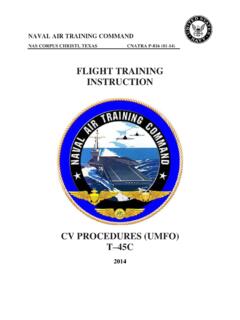Transcription of Enabling business results with HR “Measures that matter”
1 1 Enabling business results with HR Measures that matter 2 Metrics have become a vital component of HR and HR service delivery, allowing companies to measure HR program performance while providing actionable insights and information on the function s efficiency and effectiveness. Similar to how an organization s HR programs and strategic choices are made in support of broader business objectives, HR metrics and measurement tools focus on HR s contribution to overall business yesterday s data was used to understand what was happening, HR measures are now allowing organization to better understand why it is happening and provide input into predicting what could happen.
2 The three primary characteristics of HR measures in support of High-Impact HR include (1) the ability to explain what is happening within an organization and why, (2) providing information regarding people while creating a link to overall business performance , and (3) assessing issues while driving continuous is a vast improvement from how data was utilized by HR functions in the past. Previously, data was stagnant and siloed within disparate systems across both the HR function and organization as a whole.
3 Now, metrics are paired with additional background and context to create actionable and meaningful guidance and direction. Data driven insights are now uncovering issues, influencing organization decisions and investments, and driving continuous improvement within the past, organizations would develop their HR metrics and measurements based on a bottoms up approach. This outdated method used an organization s existing tools, systems, and infrastructure to identify what operational reporting could be created from existing data.
4 Since HR measures were (regrettably) often put on the back burner when implementing the systems of record of the past, the bottoms up approach often created a gap between the HR measures available to an organization (using the existing infrastructure) and the HR measures that an organization should be utilizing to help provide insight into strategic business HR moves from administrative and transactional to operational and strategic, organizations are now moving towards a top down approach. In the top down approach, organizations first identify the Measures that Matter those HR measurements that are vital to support broader business goals, objectives, and decisions.
5 From there, organizations choose the HR systems and infrastructure best suited to deliver these newly defined HR metrics and measurements. This helps keep HR measurements aligned to overall business objectives, and assists HR by providing actionable information to Key Trends Driving the Demand for New and Expanded HR MeasurementsFirst, organizations now have access to a greater quantity and quality of internal and external data than ever before. HR Transformations are beginning to provide companies with the accurate, reliable, and integrated data that had been previously unavailable.
6 Without accurate data, metrics and operational reporting may as well not even exist. What is troubling is that, according to a Bersin by Deloitte studyi, only 15% of surveyed organization gave themselves high marks on HR data accuracy. Potential HR data issues include validity, duplication, outliers, and poorly defined calculations or definitions (for example, what are all of the costs associated with an organization s Cost to Hire metric). These limitations can make interpreting metrics difficult for the key stakeholders and reporting end-users.
7 Second, the increase of SaaS ( cloud ) HCM solutions have expanded HR technological capabilities within organizations. HR and HR operational services technologies have traditionally been used to automate processes and drive operational efficiencies which often resulted in a cumbersome user interface. Organizations are now using these new Enabling technologies and improved graphic displays to enhance the overall customer experience and help achieve organizational goals and objectives. The adoption of HR and HR operational services cloud technologies has continued to increase as organizations take advantage of an evolving marketplace and can identify a clear return on the value of investing in new solutions.
8 One of the reasons why organizations are implementing new HR systems is to increase their HR measurement capabilities. According to a recent Bersin by Deloitte studyii, 57% of surveyed organization stated that an inability to generate analytics with their old system was a top reason that they were seeking new HR , enhanced data competencies within HR have allowed organizations to begin to analyze data and metrics internally within their HR function. HR employees are increasingly bringing more and more analytical skills to the job than ever before.
9 The days of HR talent seen as only possessing soft skills are over, as the HR function now has the analytical competencies previously only found elsewhere within an organization. 34HR Metrics and Operational reporting business management toolHR organizational performance 85%Office performanceClick one of the performance scores below to drill down into program and metrics performance reports:Whether measuring the success of an organization s HR Transformation, gauging employee engagement and satisfaction, or calculating the inputs to help solve broader strategic business objectives, the key is determining the requisite Measures that Matter and right-sizing the organization s reporting tools and capabilities to provide insight into the achievement of those objectives.
10 Organizations should develop a comprehensive HR measurement and reporting strategy that is vertically aligned with the overall business strategy (leveraging the top down approach) and can provide varying levels of information as needed. There are three categories of HR measurements, each with different objectives and uses: HR Reports: HR Reports are the least mature of the three categories of HR metrics and measures, and are focused on transactions. HR Reports consist of a formatted and organized presentation of data relating to the performance of daily operations .











